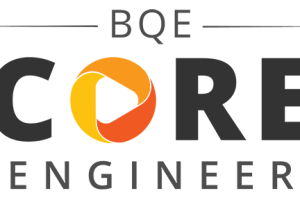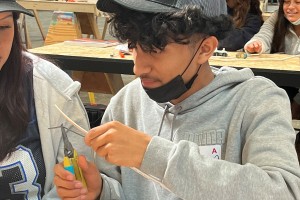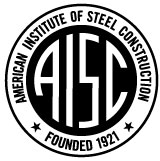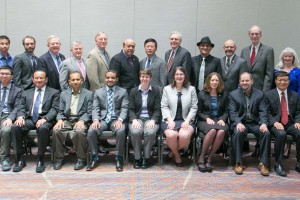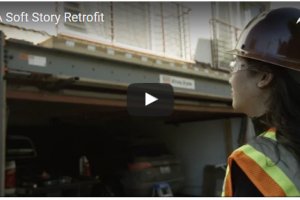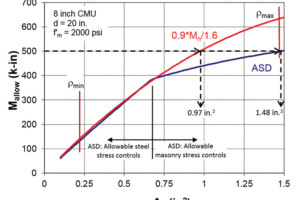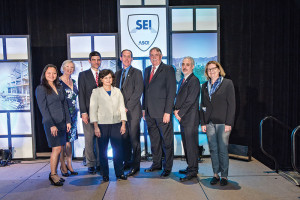David Cocke started Structural Focus over twenty years ago in Los Angeles and has grown the firm to nearly 30 employees. David received his B.S. from Virginia Tech and his M.S. from San Jose State University. He is a registered Structural Engineer in California and several other states, with expertise in seismic evaluations and retrofits, historic preservation, and new design.
…Author Archives : structuremag
About the author ⁄ structuremag
Pleasanton, Calif. — Simpson Strong-Tie, the leader in engineered structural connectors and building solutions, announced the expansion of its Construction Trades Support program with Habitat for Humanity East Bay/Silicon Valley. Formerly held once a year, program events will now take place twice yearly, with an expanded agenda that includes hands-on activities in the plumbing and electrical trades. The second leg of the program will expand on opportunities for participants who are highly motivated to pursue a trades career, and includes a build day with Habitat.
…A case in point: much has been written comparing performance on the San Francisco-Oakland Bay Bridge project in California, which experienced both budget and schedule challenges, with performance on the Tappan Zee project in New York, which beat both the project budget and the project schedule. The Tappan Zee project was domestically sourced and the Bay Bridge was not.
We can add one more relevant consideration to the factors noted in your article: sustainability. The construction literature indicates that the carbon footprint of foreign fabricated steel material can be as much as three times the carbon footprint of domestic fabricated steel material.
So, choosing domestic steel materials and domestic fabrication, combined with application of the AISC technical documents and AISC Certification, not only addresses the challenges pointed out in your article, it also is more sustainable.
Charles J. Carter, S.E., P.E., Ph.D.
President
American Institute of Steel Construction


